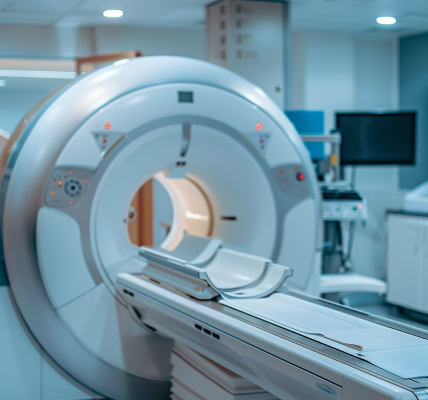Scientists at the National Institutes of Health (NIH) have made a significant discovery linking a benign nail condition to a rare inherited disorder that greatly increases the risk of developing various types of cancer. The condition, known as BAP1 tumor predisposition syndrome, is caused by mutations in the BAP1 gene, which plays a crucial role as a tumor suppressor in the body.
The findings of this research have been published in JAMA Dermatology and were presented at the Society for Investigative Dermatology Annual Meeting in Dallas. The study conducted at the NIH Clinical Center involved 47 individuals from 35 families with BAP1 tumor predisposition syndrome.
The breakthrough in this research came when a participant mentioned subtle changes in his nails during a genetic assessment. Further evaluation revealed a benign tumor abnormality called onychopapilloma, characterized by a colored band along the nail, thickening of the nail, and thickening at the nail’s end. While this condition typically affects only one nail, individuals with BAP1 tumor predisposition syndrome aged 30 and above showed onychopapilloma tumors on multiple nails.
According to co-lead author Alexandra Lebensohn, M.S., from NIH’s National Cancer Institute (NCI), the presence of nail changes indicating onychopapillomas on multiple nails should raise suspicion of a BAP1 tumor predisposition syndrome diagnosis, especially in patients with a history of melanoma or other BAP1-associated malignancies.
This discovery underscores the importance of conducting nail evaluations in affected patients and their at-risk family members. By recognizing these nail abnormalities early on, healthcare providers can potentially identify individuals at higher risk of developing cancerous tumors and provide appropriate monitoring and care.





